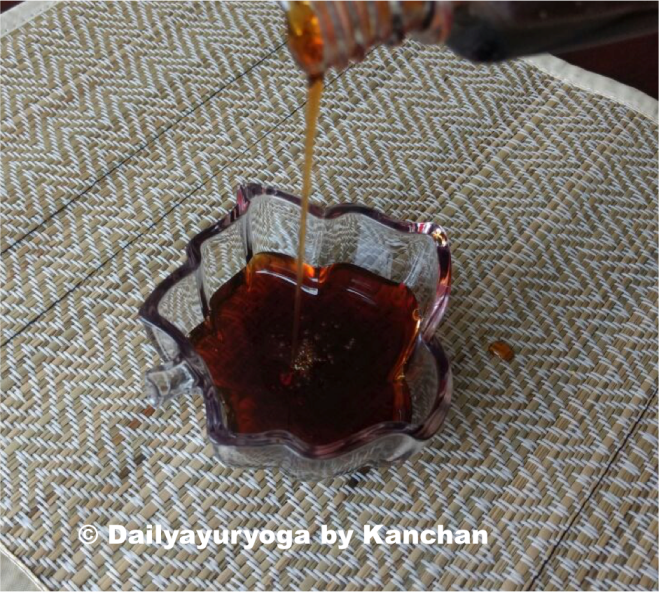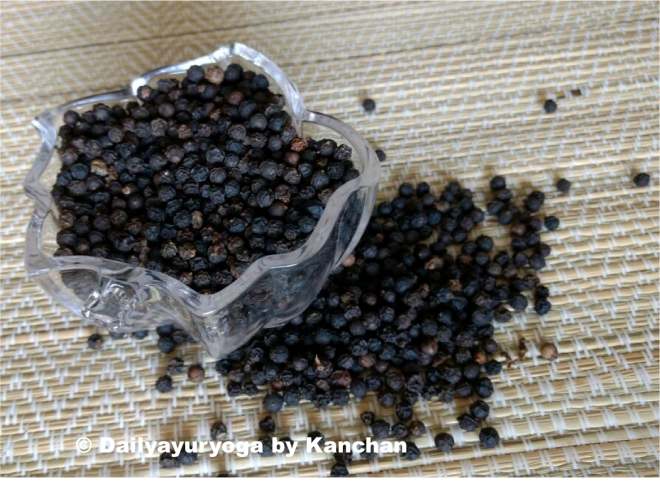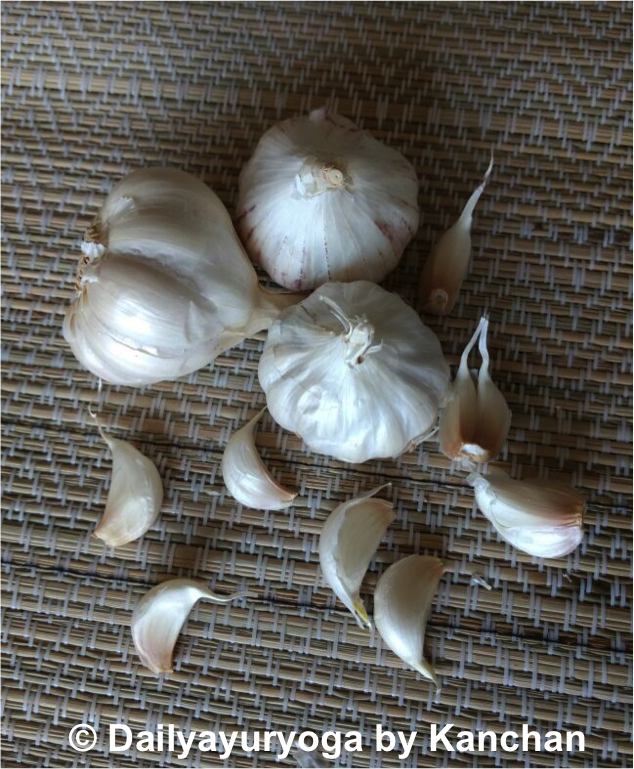The humble moong or the green gram is highly valued in Ayurveda. A regular consumption of moong daal is recommended in the Charaka Samhita ( an ancient authoritative text of Ayurveda).
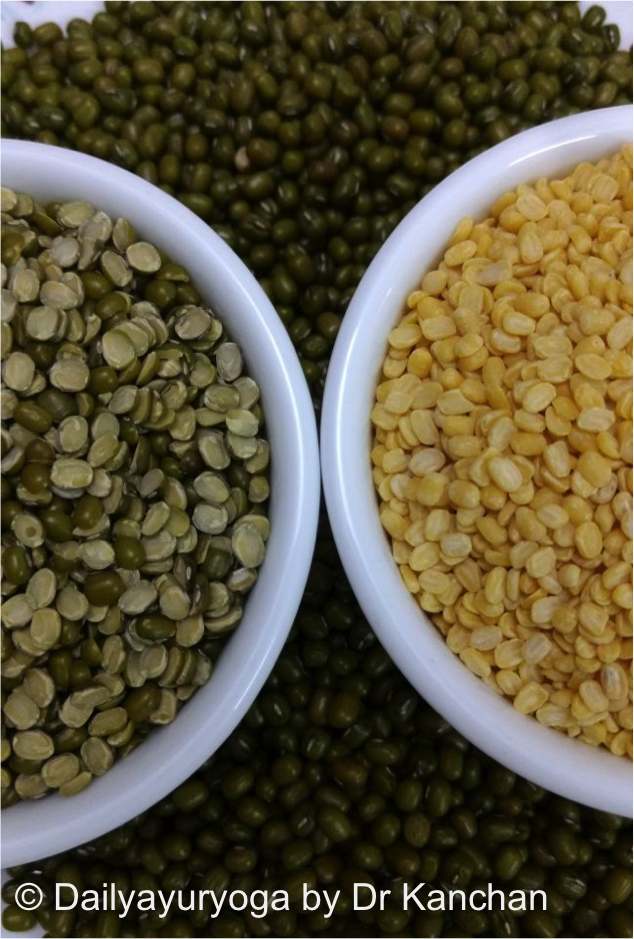
Qualities of moong as mentioned in the sutrasthaan of Charak Samhita-
” Kashayo madhuro rukhsha sheeta paakey katuralaghu !
Vishada shleshmapittaghno mudga supyottamo mataha!” cha su 27/23
Gist :
“The moong daal has a slightly sweet and astringent taste , it is cooling and drying, light on digestion with a katu vipaaka. It balances the kapha and pitta dosha and is superior to the other pulses”.
In the Yogratnakara text of Ayurveda the medicinal properties of moong have been mentioned –
” mudgastu pathya sanshudhavranakanthakshiroginaam !
vaatanulomi…….varo annam mudgo alpachalaha…………! yo pu 7
Gist:
“It is a Pathya , i e. can be taken all round the year by all ages and prakruti. It is especially beneficial for the injured as it helps in the healing of wounds , beneficial for throat disorders like cough , tonsillitis, pharyngitis. Due to it being kanthya , it maintains the health of the thyroid gland. It is advised in eye disorders like conjunctivitis, glaucoma ,dry eyes and glare in the vision among others . It improves the peristaltic motion of the gastrointestinal tract”.
Moong Dal provides nutrition to the Dhatu ( tissues of the body ) , it’s Sheeta guna reduces the symptoms of heartburn, soothes the skin and reduces rash. When consumed regularly improves the hair texture and density. It also provides strength to the body. Due to its Ruksha and Vishada qualities it balances the secretions of the glands in general.
It is also very Saatvika and thus beneficial for infants, toddlers, students, professionals and those practitioners of Yoga.
Due to the health benefits it is but natural that moong should be consumed often if not daily.
In today’s post I intend to discuss the moong dal recipes that I often prepare in my kitchen for my family viz. Moong Dal Shorba, Moong Dal Khichdi , Moong Dal Childa respectively.
Yellow moong daal is quickest to cook,split green gram takes a little longer while whole green gram needs to be pressure cooked for a few whistles (yellow and green split moong are preferably to be cooked in an open vessel with a lid partially covering it, though pressure cooking is also fine ).
Following are the recipes :
Moong Daal Shorba
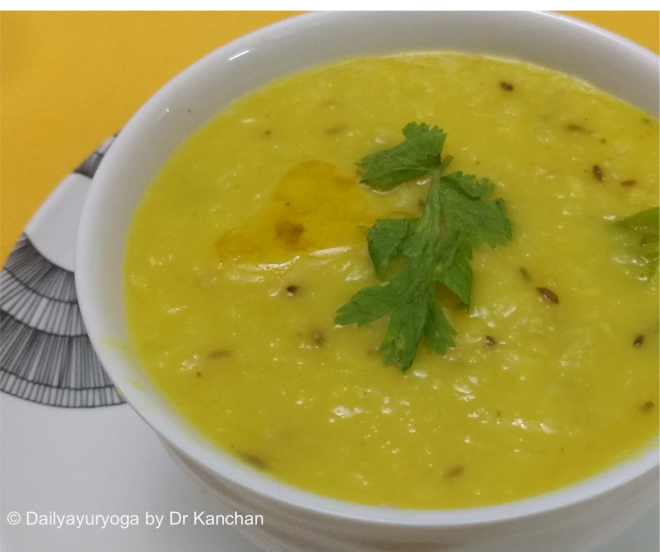
This Shorba can be taken as a soup or as a complementing side dish to chapatis and rice .It is soothing when taken during cough ,cold, pharyngitis,tonsilitis, rhinitis and other upper respiratory tract conditions.
The recipe is as follows :-
Prep Time – 10 minutes
Cook Time – 15 minutes
Ingredients :-
- Moong Dal ( yellow / green split ) – 1 cup
- Green Chilies – 2, split
- Desi Cow Ghee / Clarified butter – 1 and 1/2 tbsp
- Cumin Seeds / Jeera – 1/4 tsp
- Curry Leaves – 4 -5 nos
- Ginger – 1/2 inch , grated
- Coriander Leaves / Cilantro – 1/2 tsp Chopped
- Asafoetida – a pinch
- Salt – as per taste
- Turmeric – 1/4 tsp ( 1/8 + 1/8 tsp )
Method :
- Soak moong daal for 10-15 minutes and cook with salt, 1/8th tsp of turmeric and 1/2 tsp of ghee. ( salt can be added later too) .
- Once cooked blend it well with a ladle (avoid electrical blenders as it becomes too smooth and sticky).
- In a very small pan heat 1 tablespoon of ghee on a low flame. Add hing , jeera, remaining 1/8th tsp turmeric powder,green chillies ( avoid for children , convalescenting and pitta dominant individuals ), grated ginger and curry leaves, being careful by not burning these spices . ( Variation : 1 finely chopped onion and 2 pods of crushed garlic can also be added and cooked , however those desirous of a saatvika meal should avoid).
- Add this spice mix to the cooked moong daal.Cook for 5 minutes on medium flame and garnish with the chopped coriander leaves.
- Serve hot with a dash of desi cow ghee ( Moong is always to be had with a little ghee or oil to balance its ruksha qualities )
Moong daal khichadi 
Moong Dal Khichdi is a complete one pot meal rich in nutrition and also very light on the stomach. It is cooling, balances kapha and pitta and also regulates the vaata and is a mild laxative since it improves the intestinal motility. It kindles the agni (improves digestion) and is beneficial during fevers, indigestion, hyperacidity, diarrhoea and for individuals convalescenting from a long illness . Its also an easy to cook nutritious meal for infants,toddlers and the elderly. The recipe is as follows –
Prep time – 10 minutes
Cooking time – 15 minutes
Ingredients –
- Moong Dal ( Split Green / Yellow ) – 1/2 cup
- Raw Rice – 1/2 cup
- Methi seeds – 1/2 tsp
- Turmeric – A pinch
- Desi Cow Ghee / Clarified Butter – 1 tbsp
- Salt – as per taste
- Water -2.5 cups or
Method –
- Wash and soak the rice and the moong daal for 10-15 minutes ( You can skip this step totally and move on to the next directly too! )
- Cook rice an dal in a pressure cooker with a pinch of turmeric,methi seeds and salt to taste and 1/2 tsp ghee, for up to 3-4 whistles resulting in a mushy mix of rice and dal ( the dal should be well cooked – not whole or seem separate in the mix, use a ladle to blend it well further )
- Serve hot with 1/2 tsp of the desi cow ghee.
Variations –
- Seasoning with onions,garlic,chillies,ginger adds flavour .
- Vegetables like tomatoes,peas, carrots,beans can also be added to give it a crunch.
Moong daal chiladaas
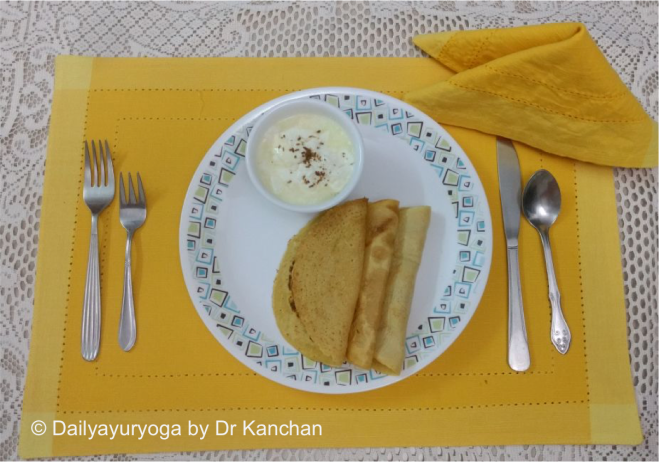
Chilada is usually made for breakfast .Its a great way to start the day , not time consuming at alland easy to cook. It can be had along with curd, pickle, chutney, vegetables or all by itself too. The recipe is as follows –
Prep Time – 5 minutes
Cooking time – 10 minutes
Ingredients –
- Moong Dal ( Split green / Yellow ) – 1 Cup
- Green Chilli – 1 minced
- Ginger – 1 inch , grated
- Garlic – 3 pods , minced
- Red Chilli Powder – 1/4 tsp
- Salt – as per taste
Method-
- Soak the moong dal for 10-15 mins . Grind the moong ( split or yellow), green chilly , garlic, ginger in a mixer grinder, Add red chilly powder, salt to taste.
- Add a tablespoon of water, not more as it should not be very watery.
- Spread this batter on a dosa tawa and cook ,add 1/2 tsp ghee on the sides while cooking.
- Flip and cook the other side too.
- Serve hot.
Hope you found this post useful.
Comments and suggestions are always welcome.
Have a Healthy Day !
Dr Kanchan Bohra Mehta
BAMS , MD ( Ayu), MSc ( YT), PDCR



